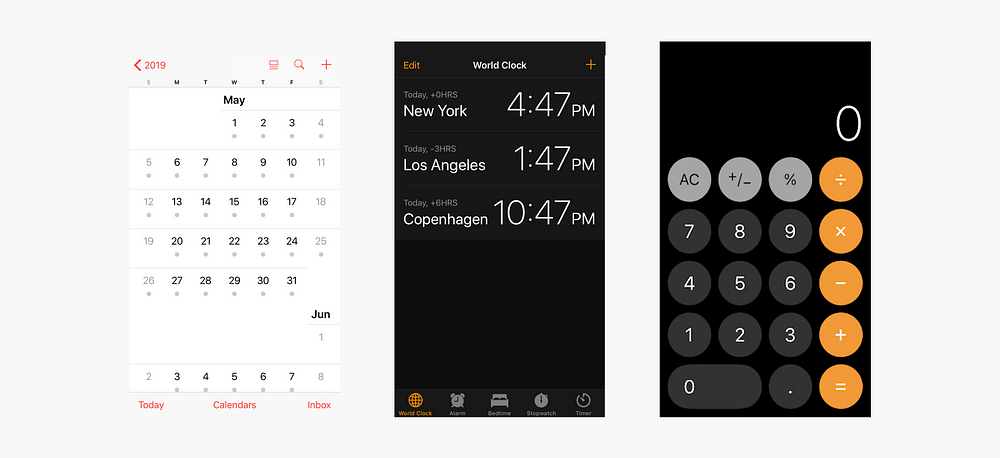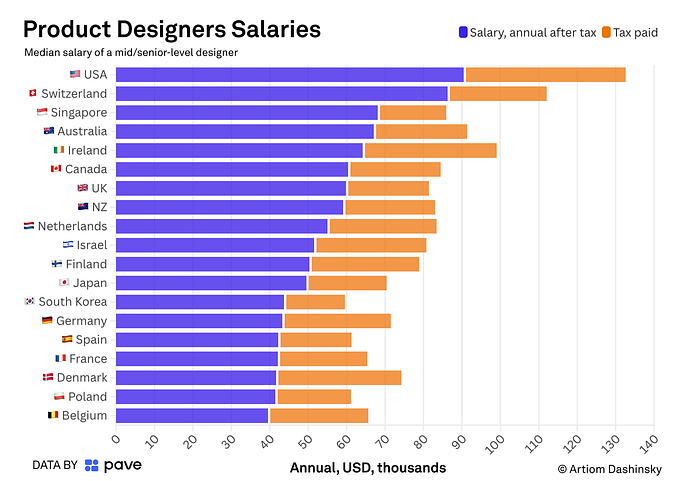This is good UX writing
Eight principles for every interface you’ll ever write.

A few years ago, someone emailed me with a question: What makes UX writing good? They knew the basics, they said. And they knew what good writing looked like. But they wanted to know specifically about UX writing. How to think about it and evaluate it, what approach to take when staring down a blank page or struggling with a new design.
I emailed back a couple paragraphs about using words to improve interfaces and how to better integrate writing into a design team. They thanked me for my reply, and that was that.
But the question stuck with me. It’d be in the back of my mind when I was working on a new app or crafting the content approach for an interactive tool. I thought about it every time I wrote anything: an onboarding flow, a button, an error message. What makes UX writing good?
Three years later, I emailed back another answer. A better one. I told them, these are my Principles of UX Writing. They shape every digital product I’ve ever written.
Here’s what I wrote.
Good UX writing improves the user experience.
It makes flows simpler, actions clearer, and choices easier. It reduces complexity and lets people do what they want. It makes sure nobody gets lost or confused or frustrated.

Good UX writing tells the truth.
It explains and clarifies without trying to mislead or hide information. It writes with the appropriate level of urgency. If it doesn’t know the answer, it doesn’t make one up.

Good UX writing includes everybody.
It respects different genders, ethnicities, abilities, sexual orientations, and backgrounds without judgement or discrimination. It considers screen readers and alt-text.
Good UX writing says the right thing at the right time.
It tells people what they need to know, paying attention to context, intent, and emotion. It puts the most important information first. It cuts what it can and simplifies the rest.

Good UX writing serves a functional purpose.
It does more than “balance out” a design. It guides and explains. It enhances structure and adds personality. It exists because the interface would be worse without it.
Good UX writing is sometimes no writing at all.
It goes away when it’s not needed.

Good UX writing stays consistent.
It follows a messaging framework and writes with a core set of vocabulary. It sometimes changes its tone, but it always sounds like the same brand voice. It has predictable patterns and structure.

Good UX writing is good writing.
It uses the same tools and techniques as all writing, including diction, syntax, grammar, point of view, punctuation, rhythm, and style. It understands which rules to follow and why. It breaks those rules when it has a good reason.










